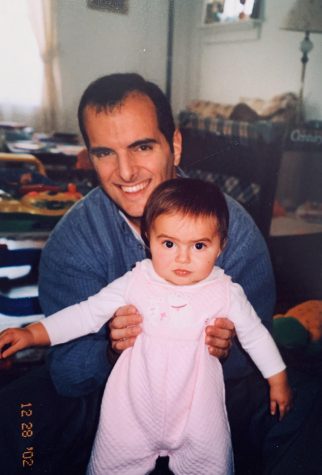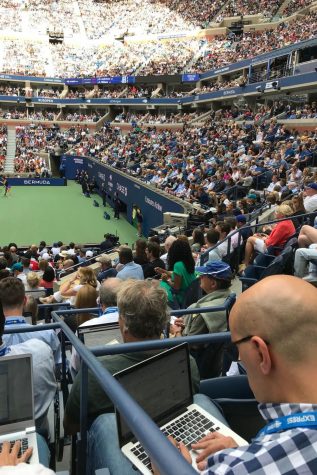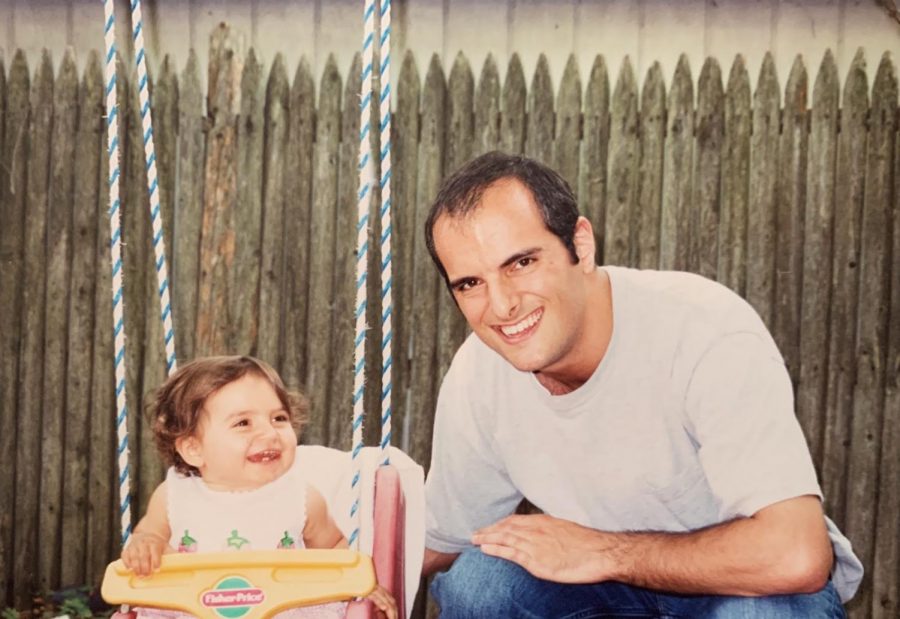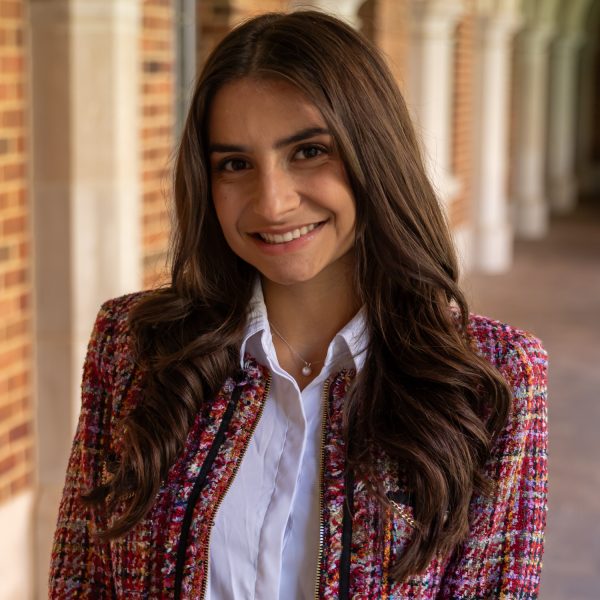What do you do with sympathy cards? You can’t throw them out because that just seems wrong and sacrilegious. But, you can’t keep them on the kitchen table in plain sight, either—after a while, it becomes too hard to bear and may promote an uncontrollable ritual of rereading them, especially ones with personalized notes about your loved one. It’s addicting, the desire to absorb any information about someone who isn’t there to give it themselves.
Imagine this want—need—is further fed by 47 pages of articles they wrote for the Wall Street Journal (WSJ), among other publications, articles that you always knew existed but never thought to read—why read their words when you can hear them? Then, imagine the craving leads you into a rabbit hole of tributes and condolences, and you discover another life, their Hannah Montana of sorts. Imagine you realize all the questions you never asked.

Uncle Tom had a magical aura about him—maybe it was because he lived in New York, a place that holds shine for me, or how he stood at a whopping 6’3 but had a soft voice and easy smile or perhaps because he regularly traveled abroad for tennis Grand Slam tournaments. Whatever it was, the thing that awed me most about him was his unwavering ability to pick out the best books; his carefully wrapped 6’x9’ packages seemed sprinkled with pixie dust. Looking back, it may have been his WSJ and publication connections that alerted him of these literary gems, or maybe his way with words gave him an acute eye for a good story—I never thought to ask. To me, he was always just Uncle Tom.
Flash forward from childhood Christmas mornings filled with new-book smell to Jan. 6, 2021, when my uncle’s magic left his body after a four-year battle with glioblastoma. The days, months and years leading up to his death felt straight out of a book he would’ve given me, complete with surging emotions and winding turns. I watched my uncle, who always bounced on the balls of his feet like a true tennis player, transition from a cane, to a wheelchair and finally to a permanent bed. I watched his children, both barely old enough to understand what was happening to their father, struggle to reach over the guardrail of his bed to kiss him goodnight. I watched my dad, aunts and uncles, normally ready to crack a joke with their baby brother, hold back tears as they talked to him and he couldn’t respond.
As you can imagine, it was heartbreaking. However, the most shocking plot twist came after my uncle’s death, when we learned that the tennis world was mourning him, too. The WSJ, Sports Illustrated and the Tennis Channel published eulogies about him. Celebrities about whom I’ve heard endless stories, like Billie Jean King, Pat McEnroe and Chris Evert, expressed their regrets on social media. My friends contacted me with condolences after seeing posts about his death from tennis organizations, including the Association of Tennis Professionals (ATP), the Australian Open and the US Tennis Association (USTA).
My family and I were shocked—we didn’t know his magic, with which we were so familiar, spread to his professional life. I spent hours pouring over countless Tweets, watching tribute videos and listening to podcasts made in his honor. I became paralyzed by how his life extended farther beyond my Papa’s living room than I could have ever imagined. Incidents from my childhood began to fall into place, from my uncle lackadaisically mentioning Roger Federer inviting him and his sons over for an interview and dinner to him talking with my dad at 4 a.m. about the Australian Open, live from Melbourne Park. Somehow, my uncle’s magic made his reputation as Tom Perrotta, the esteemed WSJ tennis correspondent, seem like a backdrop to his role as Uncle Tom and Dad.

Being a reporter myself, my uncle’s closeted fame struck me as proof that doing what you love can reap professional success, even in the notorious media and art industries. Moreover, it is possible to maintain childlike excitement surrounding one’s passion, even when faced with deadlines, technicalities and immense pressure.
“When the match ended—the moment when Federer raised his arms in triumph, or Rafael Nadal rolled to the red dirt in disbelief—it was Tom’s job to render what happened immediately and hit the send button, within a few minutes,” Jason Gay wrote in his WSJ tribute to my uncle. “Sometimes, I would catch Tom’s eye during one of those crazy matches, when the players were cramping, going back and forth like prizefighters, and the stadium felt like it was about to lift off from all the crowd energy, and he’d give me this look that said: I can’t believe we get to do this. How lucky are we?”
It sounds like a dream, doesn’t it? Truly the best of both worlds.
I’m not sure how he did it; the ability to split one’s life so seamlessly reflects an uncommon level of self-awareness and humility, especially among those with prestige.
I would’ve jumped at the chance to ask my uncle about everything he wrote and the behind-the-scenes moments: how is Federer’s house decorated (maybe with some Grand Slam hardware)? Is Djokovic a joker in real life? But, if I had had the inkling to ask about his alternate life, I would’ve had to know about it. Inadvertently, I would’ve traded lighthearted conversations about magical Museum of Modern Art galleries with my Uncle Tom for negligible details about faraway idols from Tom Perrotta, WSJ correspondent.
Maybe the kitchen table isn’t such a bad place for sympathy cards. Each serves as a constant reminder of the different pathways of our loved one’s life, including both the familiar and foreign parts. It’s important to recognize how our faithfully departed ensured that these paths didn’t intertwine and were valued for different but equal reasons. Perhaps with a pinch of magic and my uncle’s wisdom, we can do the same and learn to cherish all aspects of our lives as if each is the only one.



